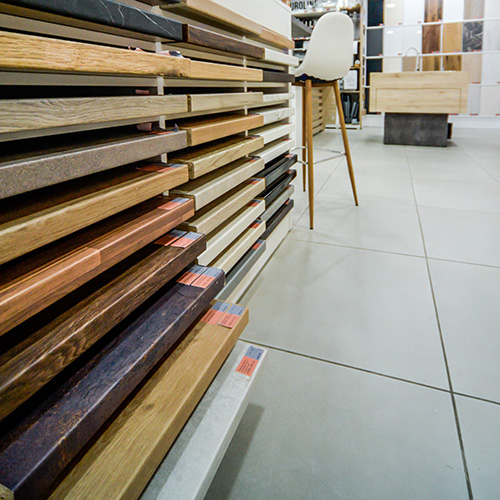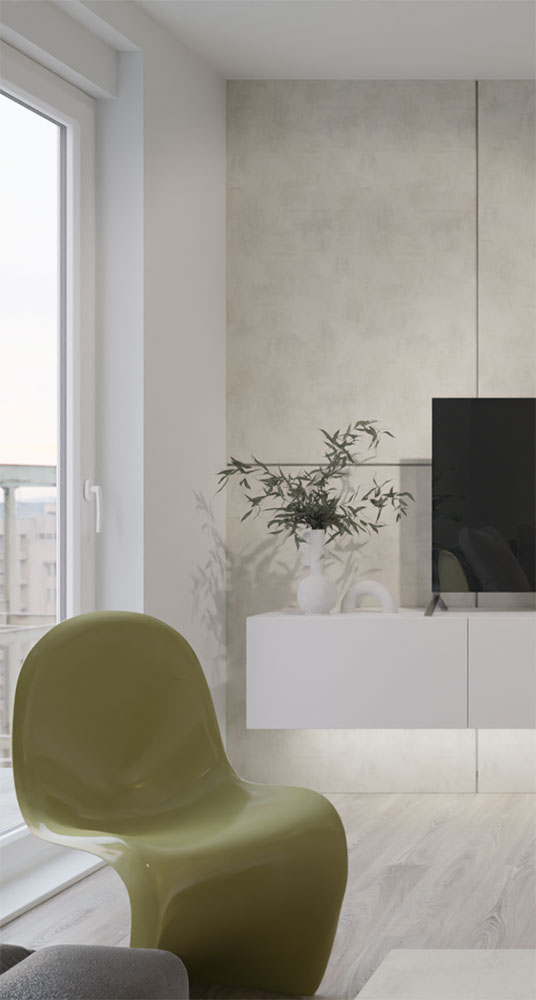
“Design is not just what it looks like and feels like. Design is how it works.” -- Steve Jobs, co-founder of Apple, Inc.
KONTAKTIRAJTE NAS
 Ponedeljak - Subota: 08:00h - 15:00h
Ponedeljak - Subota: 08:00h - 15:00h

Nesvakidašnji dizajn
*Probijajući sve granice standardne estetike mi oblikujemo nesvakidašnji dizajn koji svojom jednostavnošću prevazilazi vreme i trendove.

“Nulla dies sine linea”
Linija koja spaja





Naša paleta boja
01/09

Naša paleta boja
Boja koju reflektuje naš dizajn u oko posmatrača govori o funkcionalnoj estetici ka kojoj teži svaki proizvod naše firme.
Potpuni doživljaj svakog od naših proizvoda i dizajna istih dolazi do izražaja tek kada se boje ambijenta u kome se
on nalazi pomešaju sa bojama našeg nameštaja. Naša paleta boja uslovljena je upravo kontekstom samog prostora u kome se nalaze naši proizvodi. Govoreći o boji neposredno pokazujemo našu rešenost da svaki naš proizvod učini prostor u kome se nalazi skladnim. Izvesna suptilnost kojom odiše svaki proizvod i neposredna
harmoničnost našeg dizajna upravo su uslovljeni ovakvim shvatanjem boje i teksture.
-

...
-

...
-

...
-

...
-

...
-

...
-

...
-

...
-

...

Jaime Hayon
''Good design should be problem-solving and long-lasting; this goes without saying. But I also make designs for people, to be used by people. I believe that good design should provoke feelings. Design should make you feel comfortable. And design should generate happiness.''
A tale of two visionaries: The iconic collaboration with Verner Panton
Futuristic, colourful, and fun: Danish designer Verner Panton’s work is well-known today for its unique style. Fritz Hansen proved to be a similar kind of visionary, as one of the first to recognise Panton’s designs as both innovative and commercial. The company began working with him as early as 1956.
In the early 1950s, Panton assisted Arne Jacobsen and was instrumental in the design of the ultra-successful Ant Chair. In 1955, Panton was commissioned by Fritz Hansen to create two chairs: The Bachelor and The Tivoli. It was the start, as they say, of a beautiful friendship.
Panton’s Bachelor chair could be taken apart, making it easy to transport. It came with or without armrests, and with optional cushions. In addition, he created the (un-officially named) Tivoli Chair, a discrete and stackable multi-use chair. Both the Bachelor Chair and Tivoli Chair were popular with the younger generation; we’ll take that to mean the collaboration was on the right track.
It was in the 1970s that the collaboration with Fritz Hansen came of-age. During this time, Panton introduced the Pantonova Series of sculptural chairs in different heights, as well as a chaise lounge and a table. These chairs weren’t successful, but Fritz Hansen wasn’t going to let that slow them down.
In 1974, Panton proved Fritz Hansen’s ongoing belief in his work correct with his System 1-2-3. The series, three years in the making, is made up of innovative, curvy chairs designed to meet every sitting need you could possibly imagine, and probably a few more, too.
Moving into the 1980s, the Wire Cone chair of that period exemplifies the strength of Fritz Hansen and Panton’s partnership. At first, it was hard to make and, to be honest, even harder to sit on. In 1988, Fritz Hansen was able to reduce the cost of production considerably. From then on, the chair was constructed from one piece that was then welded to the crossing metal pieces. Great design met its match with great production, and the result was a much more comfortable and easy-to-produce chair.
Verner Panton’s history with Fritz Hansen had its peaks and valleys, but Fritz Hansen’s ability to think long-term and believe in innovative design led to a long and fruitful collaboration. The partnership produced some of the most exciting furniture of the 1970s, including items still considered design icons today.



